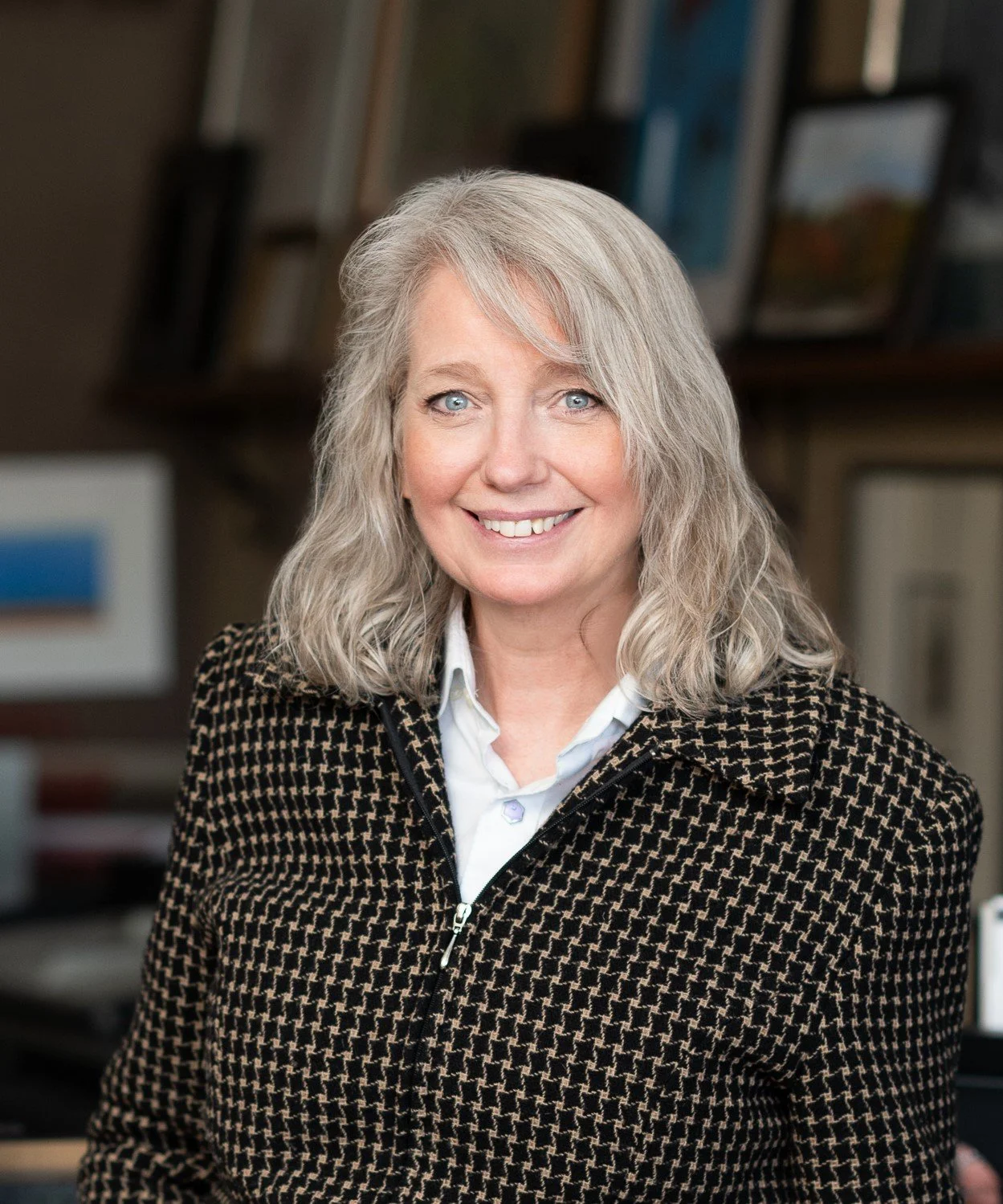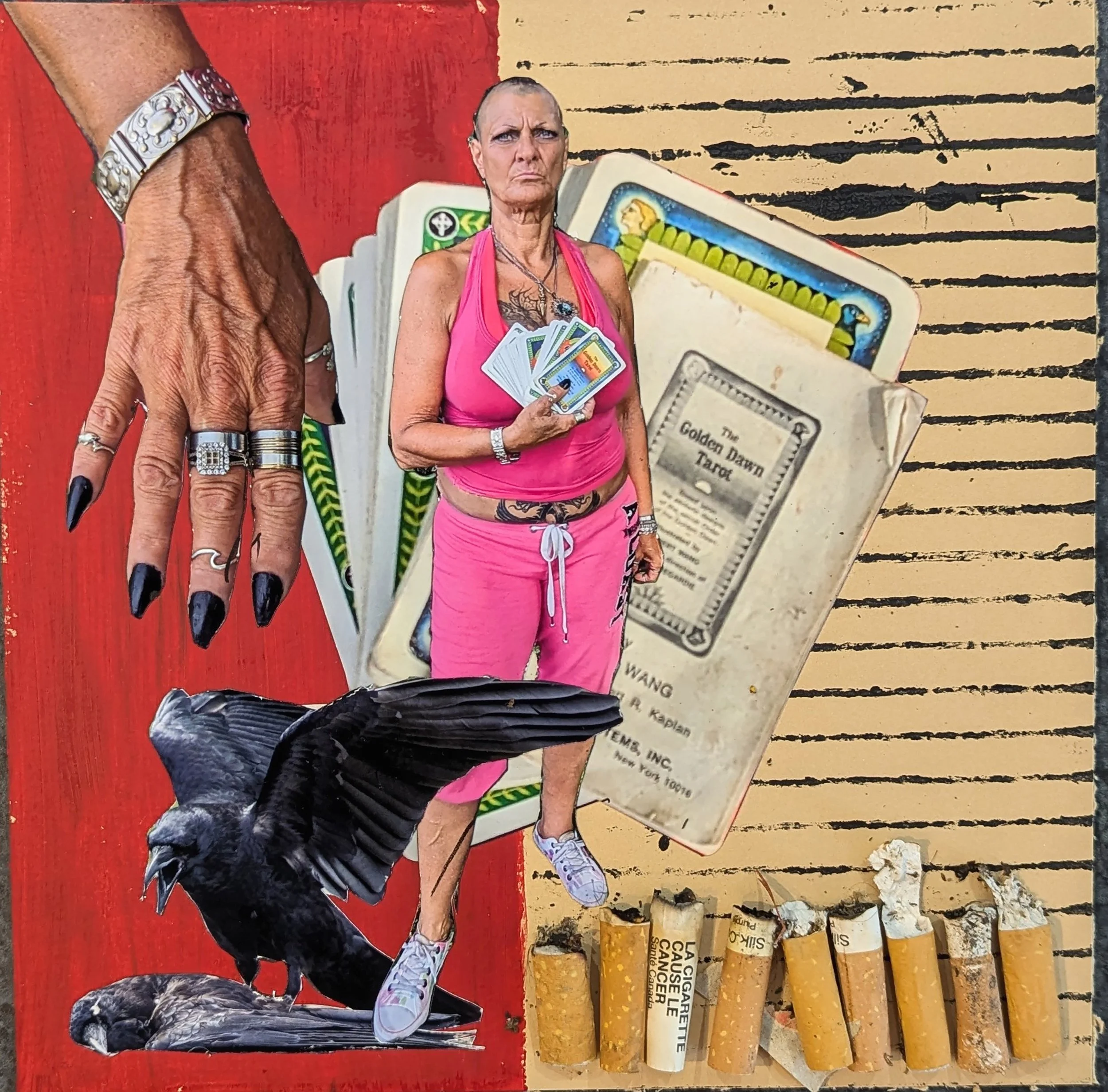Interview
Catherine Hawthorn
Catherine Hawthorn’s work centers on socially engaged photography, with a current focus on collaborating with women experiencing homelessness. She has a BA in Fine Art, and a Master's Degree in Photography. She resides in Oshawa, Ontario, Canada.
What is your background and how did you start your journey in the art world?
“I have been interested in art ever since I can remember. My father gave me my first camera on my 19th birthday, and have been passionate about photography ever since.”
What inspires you?
“What inspires me most is the power of photography to foster connection, empathy, and social change. Working collaboratively with marginalized communities, I approach photography as a shared process - one built on trust, dialogue, and mutual respect. I’m inspired by the resilience, dignity, and complexity of the people I work with, and by the opportunity to use visual storytelling to challenge stereotypes, amplify unheard voices, and create space for dialogue and understanding. For me, photography is not just about capturing images, but about building relationships and making the invisible visible.”
What themes do you pursue? Is there an underlying message in your work?
“Visibility and Representation: My images challenge dominant narratives by centering people who are often overlooked, affirming their presence, identity, and agency. Collaboration and Co-authorship: Rather than observing from a distance, my approach emphasizes a collaborative and participatory process as important as the outcome. Dignity and Humanity: My work aims to highlight the strength, beauty, and complexity of my subjects. Social Justice and Power: Embedded in my work is a critique of inequality, marginalization, and exclusion, along with a call for recognition and systemic change. At its core, my work seems to carry a message that everyone has a voice that deserves to be heard and that photography can be a means of restoring visibility, dignity, and power to those who’ve been silenced. My practice, rooted in ethics and collaboration, can be a radical act of empathy, resistance and transformation.”
How would you describe your work?
“My work in collage has become a vital medium for exploring the experiences of women facing homelessness. It allows me to move beyond traditional documentary photography and engage with the fragmentation, resilience, and complexity of their stories in a more layered, poetic way. Collage gives me the freedom to disrupt linear storytelling and challenge the often one-dimensional portrayals of homelessness, especially as it intersects with gender. It’s a way of reassembling what society has disregarded, and of honoring the voices, memories, and identities that persist despite instability and invisibility.”
Which artists influence you most?
“I’m deeply influenced by artists like Frida Kahlo, Dorothea Lange, and Diane Arbus, each of whom reshaped the way we understand identity, vulnerability, and the politics of representation. Frida Kahlo’s work resonates with me for its raw intimacy and symbolic layering - her use of personal imagery, fragmentation, and bodily expression parallels the way I approach collage, especially when exploring themes of trauma and resilience. Dorothea Lange’s photographs, particularly her documentation of displacement and poverty during the Great Depression, continue to inform my belief in the power of photography as a social tool—a way to bear witness with empathy and precision. Diane Arbus, though controversial, pushed the boundaries of who gets seen and how; her work challenges viewers to confront their own discomfort and biases. What ties all three artists together for me is their unwavering commitment to truth-telling - often difficult, sometimes uncomfortable, but always human - and that’s what I strive to bring into my own work with women experiencing homelessness.”
“My images likely challenge dominant narratives by centering people who are often overlooked, affirming their presence, identity, and agency.”
What is your creative process like?
“My creative process is grounded in collaboration, care, and deep listening. I begin by building relationships - spending time with the women I work with, often over weeks or months, allowing trust and mutual understanding to develop organically. This relational foundation is essential; it shapes how and what I photograph, ensuring that the work emerges with people, not about them. Photography is often the starting point - portraits, personal spaces, everyday details - but collage becomes the space where stories unfold more fully. I incorporate found materials, handwritten words, textiles, and fragments of images to reflect the layered nature of memory, identity, and lived experience. Collage allows me to work intuitively, responding to both what is shared with me and what resists being spoken. It’s a process of assembling and reassembling, of making space for what’s been broken or left out, and honoring the complexity of each woman’s story.”
What is an artist’s role in society and how do you see that evolving?
“I believe an artist’s role in society is to bear witness, provoke empathy, and open spaces for voices and stories that might otherwise be ignored or erased. Artists have the unique ability to translate complex social realities into forms that engage people emotionally and intellectually - offering new perspectives that can challenge dominant narratives and inspire change. In today’s world, this role feels more urgent than ever, especially as inequalities deepen and many communities remain marginalized. I see the artist’s role evolving toward greater collaboration and accountability - moving away from solitary creation toward practices that center dialogue, respect, and shared agency. Artists are increasingly becoming facilitators, amplifiers, and advocates, working alongside communities rather than speaking for them. For me, this evolution is vital to creating art that is not only meaningful but also ethical and transformative.”
Have you had any noteworthy exhibitions you'd like to share?
“My solo show, UnBroken: The Feminine Homeless, at the Outreach center I work at Gate:316, was a deeply emotional and profoundly important experience. The exhibition focused on the lived realities of women experiencing homelessness, bringing their stories to the forefront through powerful visuals and narratives. What made the show especially meaningful was the presence of some of the women whose lives inspired the work, creating an intimate and raw atmosphere of shared understanding and empathy. The show served as both a platform for raising awareness and a space for healing, emphasizing resilience, strength, and the urgent need for greater visibility and support for this often marginalized community.”
Website: www.hawthornphotography.com
Instagram: @hawthornphotography





